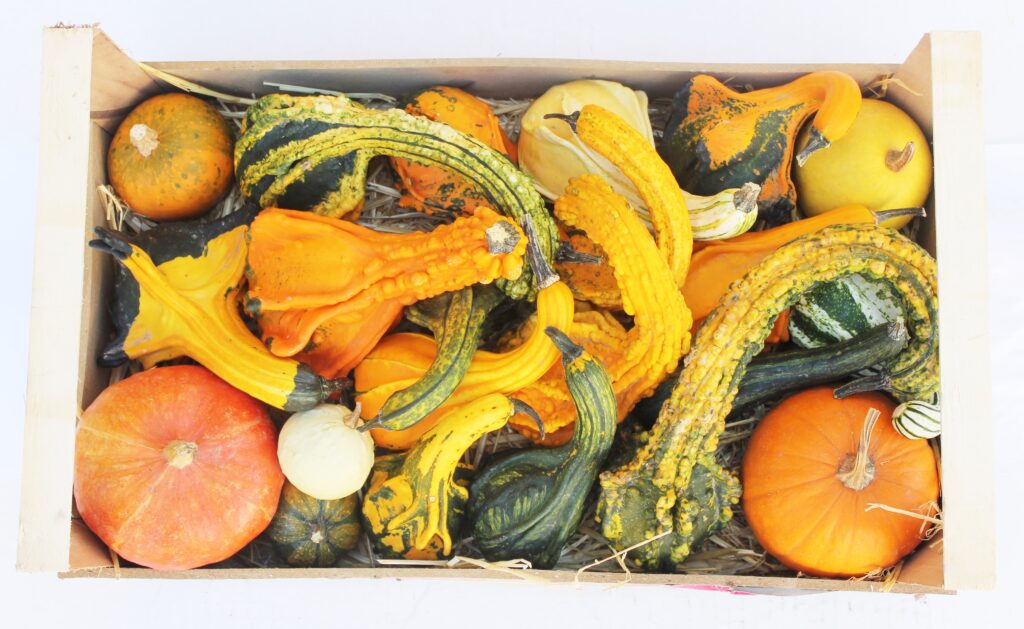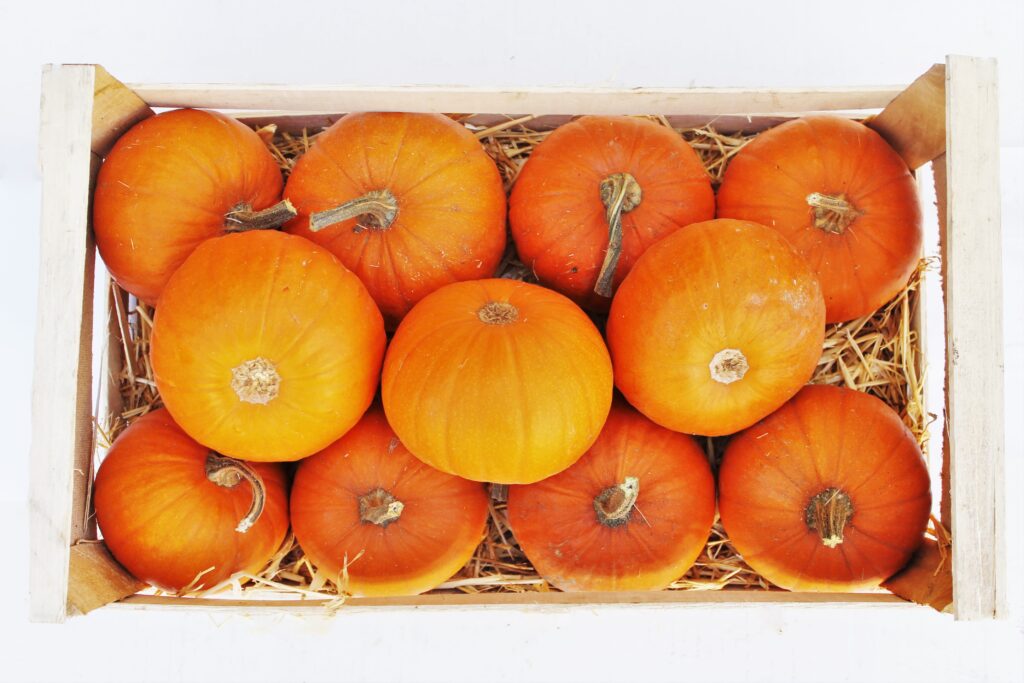
Cucurbita is a genus of plants in the gourd family, Cucurbitaceae. It is commonly referred to as the squash, pumpkin, or gourd genus. Cucurbita species are known for their edible fruits, which come in various shapes, sizes, and colors. These plants are widely cultivated and consumed around the world. Here are some key characteristics and species within the genus Cucurbita:
- Edible Fruits: The most well-known members of the Cucurbita genus produce fruits that are commonly eaten as vegetables. These include pumpkins, squashes, and gourds. Depending on the species and variety, these fruits can vary in size, shape, color, and flavor.
- Vining Plants: Cucurbita species are typically vining plants, meaning they produce long, trailing stems. Some varieties can be quite vigorous and require ample space to grow.
- Large Leaves: The leaves of Cucurbita plants are usually large and palmate, with several lobes or sections. They provide shade to the developing fruits and help photosynthesize energy for the plant.
- Yellow Flowers: Cucurbita plants produce bright yellow flowers, often with a star-like shape. These flowers are typically monoecious, meaning both male and female flowers are found on the same plant.
- Culinary Uses: Cucurbita species are used in various culinary applications. Pumpkin, for example, can be used to make pies, soups, and roasted dishes. Squashes are often used in casseroles and as a side dish. Gourds are sometimes used for ornamental purposes but are generally not consumed due to their bitter taste and tough flesh.
- Cultural Significance: Pumpkins, in particular, hold cultural significance in some regions. They are commonly associated with holidays like Halloween and Thanksgiving and are used for carving Jack-o’-lanterns and making pumpkin pies.
- Varieties: There are several species within the Cucurbita genus, including Cucurbita pepo (which includes many varieties of summer squash and pumpkins), Cucurbita maxima (known for winter squashes like Hubbard and buttercup), Cucurbita moschata (including butternut squash), and Cucurbita argyrosperma (known as cushaw squash). Each species contains numerous cultivated varieties.
- Nutrition: Cucurbita fruits are generally low in calories and rich in vitamins and minerals, particularly vitamin A, vitamin C, and potassium. They are also a good source of dietary fiber.
Cucurbita plants have been cultivated for thousands of years and have significant cultural and culinary importance in many parts of the world. They are used in a wide range of dishes, from soups and stews to desserts and pies, and their seeds are sometimes roasted and eaten as snacks

